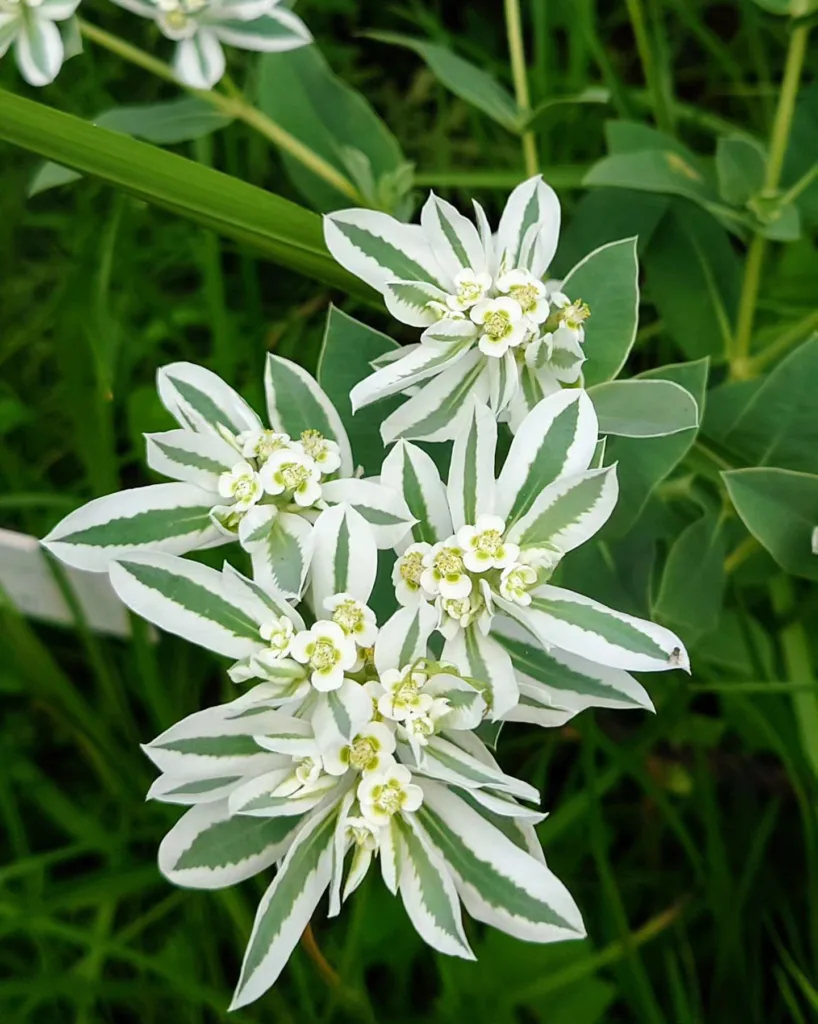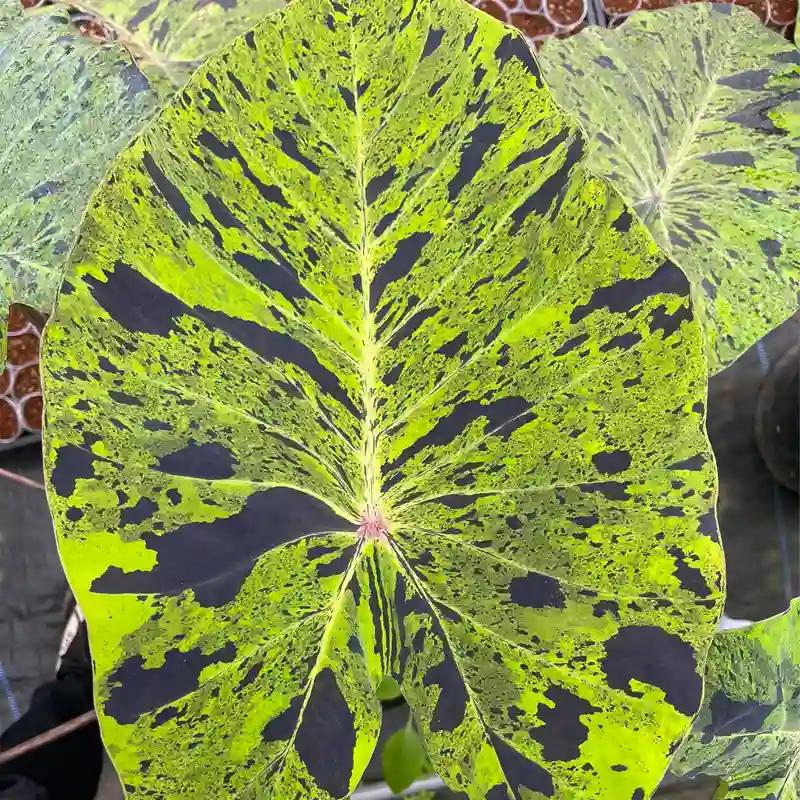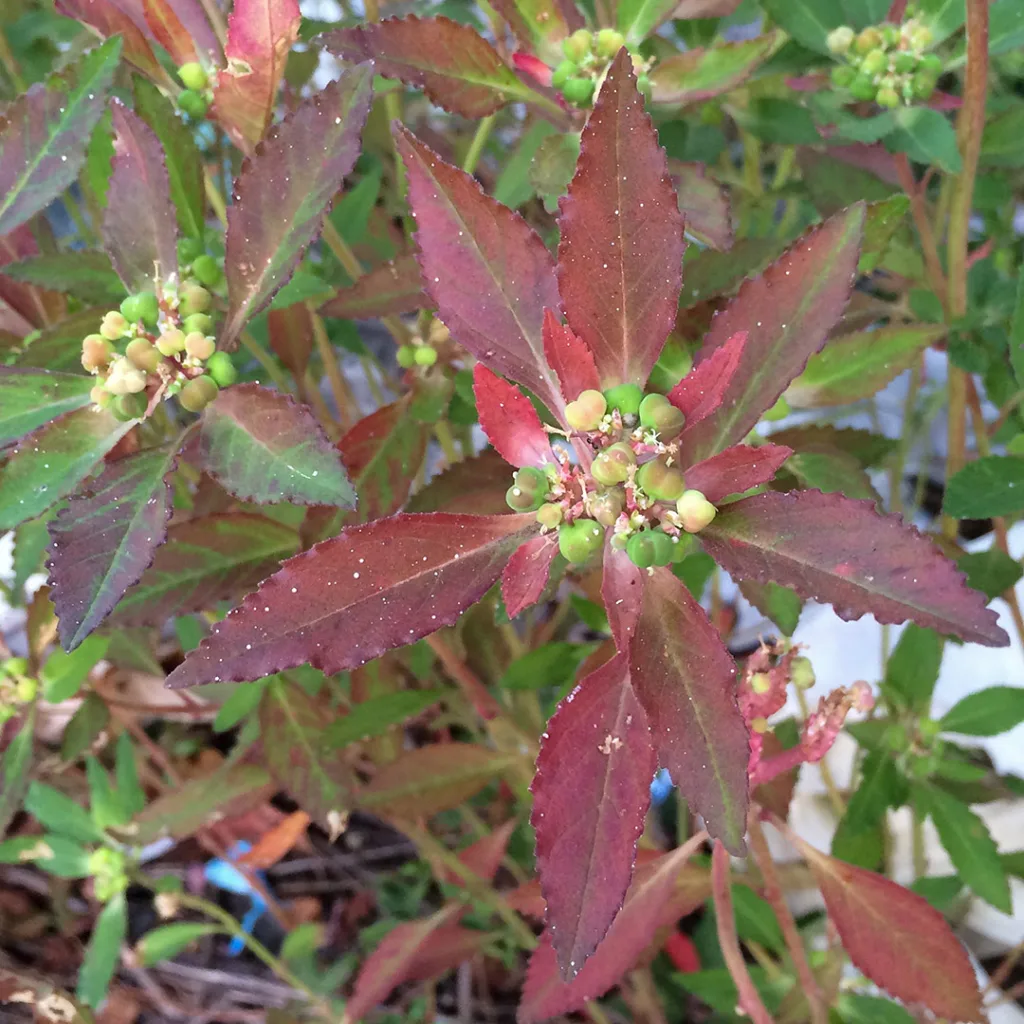FAQs About Euphorbia Lambii
As a plant enthusiast, I’ve had the pleasure of growing and caring for Euphorbia Lambii, a captivating plant that’s gained popularity in recent years. Below, I’ve compiled some frequently asked questions about Euphorbia Lambii to help you better understand and care for this unique species.
2093 Species in Genus Euphorbia
What Is Euphorbia Lambii?
Euphorbia Lambii, commonly known as the “Lamb’s Ear Euphorbia”, is a striking succulent native to Madagascar. It belongs to the Euphorbiaceae family, renowned for its diverse range of species. The plant features thick, fleshy leaves arranged in a rosette formation and is characterized by its vibrant green color and distinctive, often reddish edges. Euphorbia Lambii can grow up to 12 inches in height and width, making it an eye-catching addition to any collection.
How to Care for Euphorbia Lambii?
Caring for Euphorbia Lambii is relatively straightforward, but there are a few key considerations to keep in mind:
- Light: Euphorbia Lambii thrives in bright, indirect sunlight. A sunny windowsill is ideal, but it can also tolerate some direct sunlight. Ensure it gets at least 4-6 hours of light per day.
- Soil: Use well-draining soil to prevent root rot. A cactus or succulent mix works well. Adding sand or perlite to your potting mix can enhance drainage.
- Watering: Water your Euphorbia Lambii sparingly. Allow the soil to dry out completely between waterings. Overwatering can lead to root rot, so it’s better to err on the side of dryness.
- Temperature: This plant prefers temperatures between 65°F and 85°F (18°C to 29°C). It can tolerate cooler temperatures but should be protected from frost.
- Fertilizing: Feed your Euphorbia Lambii with a diluted, balanced fertilizer during the growing season (spring and summer). Avoid fertilizing in winter when the plant’s growth slows down.
How to Propagate Euphorbia Lambii?
Propagating Euphorbia Lambii is relatively simple and can be done through stem cuttings:
- Select a Healthy Cutting: Choose a healthy, mature stem. Using a clean, sharp knife, cut a segment of the stem that’s about 4-6 inches long.
- Let It Callous: Allow the cutting to dry and callous over for a few days. This helps prevent rot when the cutting is planted.
- Plant the Cutting: Plant the calloused cutting in a well-draining succulent mix. Water lightly and place it in bright, indirect light.
- Care for the Cutting: Keep the soil slightly moist but not wet. After a few weeks, the cutting should establish roots and start to grow.
What to Plant With Euphorbia Lambii?
Euphorbia Lambii pairs well with a variety of other succulents and cacti. Some good companions include:
- Aloe Vera: Its fleshy leaves complement the texture of Euphorbia Lambii.
- Sedum: The contrasting colors and shapes create a visually appealing arrangement.
- Agave: The bold, architectural forms of Agave contrast nicely with Euphorbia Lambii.
When planting companions, ensure they have similar care requirements, particularly in terms of light and soil.
Is Euphorbia Lambii Toxic?
Yes, Euphorbia Lambii is toxic if ingested. It contains milky, latex-like sap that can cause irritation to the skin and eyes. Keep it away from pets and children to avoid accidental contact. If ingested, contact a healthcare professional immediately.
Benefits of Euphorbia Lambii
Euphorbia Lambii not only adds beauty to your plant collection but also offers several benefits:
- Low Maintenance: It’s an excellent choice for busy individuals due to its minimal care requirements.
- Air Purification: Like many succulents, it can help improve indoor air quality by removing toxins.
- Decorative Appeal: Its unique appearance makes it a striking focal point in both indoor and outdoor gardens.
Common Problems with Euphorbia Lambii
While Euphorbia Lambii is relatively hardy, it can encounter a few issues:
- Root Rot: Often caused by overwatering. Ensure the soil is well-draining and avoid waterlogging.
- Pests: Watch out for mealybugs and spider mites. Regularly inspect the plant and treat infestations with insecticidal soap or neem oil.
- Sunburn: Direct sunlight can scorch the leaves. If you notice discoloration or sunburn, move the plant to a location with filtered light.
Comparing Euphorbia Lambii with Similar Plants
Euphorbia Lambii is sometimes confused with Euphorbia Polygona and Euphorbia Milii. Here’s a quick comparison:
- Euphorbia Polygona: Also known as the “Polygona Euphorbia,” it has a more geometric, patterned appearance compared to the smoother, rosette form of Euphorbia Lambii.
- Euphorbia Milii: Commonly referred to as the “Crown of Thorns,” it is characterized by its thorny stems and small, colorful flowers, which contrast sharply with the leaf-centric appearance of Euphorbia Lambii.
By understanding these aspects of Euphorbia Lambii, you can ensure it remains a thriving and beautiful addition to your plant collection. Happy gardening!
If i die, water my plants!



